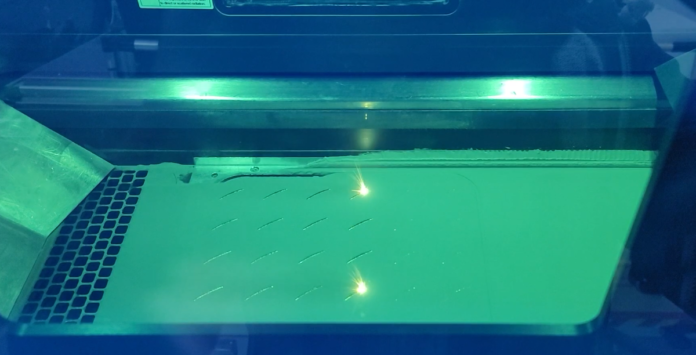Aerospace company GE Aviation celebrates a new milestone in its activity as its Singapore-based facility has been granted approval to use metal additive manufacturing for commercial jet engine component repairs.
As you may guess, AM does not advance at the same pace in all countries. In Singapore especially, the Economic Development Board is currently implementing a national high-tech strategy which consists, in the beginning, to conduct development trials and training for the introduction of metal additive technology for aviation maintenance into the country.
Involved in the project from its inception, GE Aviation acts as a bridge between the local team and the wider additive community across GE Aviation and GE Additive to industrialize the process. Today, over 1,700 employees who work in GE Aviation Engine Services Singapore (GE AESS). The Loyang facility’s activities represent 60 percent of GE Aviation’s global repair volume.
The focus of the Singapore-based Loyang facility
GE Aviation Singapore would be the first MRO facility in the world to receive approval to perform metal additive repairs on jet engine components.
From a manufacturing standpoint, let’s note that a 3D printed repair part should meet customization and complexity requirements while delivering added value to the customer.
“While teams at the GE Aviation Additive Technology Center in Cincinnati and GE Additive Lichtenfels in Germany worked on developing printing parameters for the Concept Laser M2 machine, our team here in Singapore focused on the modifications needed to make the process robust and production-friendly in a high-volume repair process,” states Shih Tung Ngiam, a senior engineering manager at GE Aviation, Engine Services in Singapore.
The Singapore team designed tooling to prepare and print parts efficiently and fine-tuned the repair process, including printing, pre- and post-processing and inspection. Extensive trials and tests were conducted to ensure the quality and safety of the parts before the repair was substantiated. In 2020 Ngiam and the team also designed a pilot production line, including an automated powder recycling system, to streamline the repair operation. The COVID-19 pandemic disrupted the approach for a while; however, by 2021 the team in Loyang was ready to go live on its full-scale production line, a press communication reports.
Beyond the advantages of metal AM which delivers speed and near-net shape products, it should be noted that scaling this technology and processes comes with other opportunities in terms of jobs.
“Singapore’s universities and polytechnics are training a healthy number of students in additive manufacturing, but the pool of experienced graduates is still quite small. As the industry matures and these graduates gain experience, we expect that Singapore’s pool of additive talent will grow accordingly,” reflects Chen Keng Nam, executive manufacturing leader at GE AESS in Singapore.
“The great dream of additive is to print spare parts on demand without even needing to have an inventory. It’s true that it’s a few years away, but it will happen. But we must also recognize that change can take time, especially in our highly regulated industry, and we have to make efforts to prove that our new methods are as good, if not better, than what has gone before,” concludes Shih Tung Ngiam.
Remember, you can post job opportunities in the AM Industry on 3D ADEPT Media free of charge or look for a job via our job board. Make sure to follow us on our social networks and subscribe to our weekly newsletter: Facebook, Twitter, LinkedIn & Instagram ! If you want to be featured in the next issue of our digital magazine or if you hear a story that needs to be heard, make sure you send it to contact@3dadept.com






